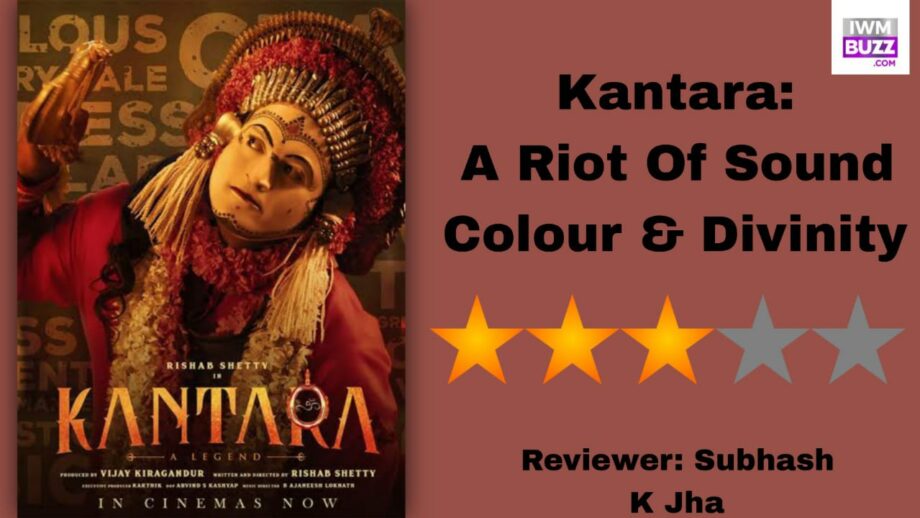Kantara
Written, directed by Rishab Shetty
Rating: ***
Not all of Kantara is as trailblazing as it is being made out to be. There are passages of crass puerility in the storytelling.There are times when it becomes difficult to bear the blizzard of crudity. There is for example, the character of the hero’s tharki friend who even flirts with the hero’s mother , who by the way looks young enough to be the leading man’s love interest.
Once the film takes off, and that takes time, the entire magical mystical feeling of the forest ablaze with ritualistic sounds and visuals, sweeps you into its fold. Rishab Shetty’s performance of the Bhoota Kola dance in the extended climax(which is the actual film) is mesmerizing. It will leave you stunned by its fusion of possessed dance movements and divine shrieks.Never before have we seen anything quite like this.
This apart, the film is ridden with clichéd characters, like the evil zamindar who pretends to be sympathetic to the farmers, and the police officer who seems to be hostile to the landtillers in favour of the landgrabbers. There are crude double meaning dialogues that are completely in opposition to the film’s supremely divine design.
It is entirely admirable that Rishab Shetty who has not only played the lead but also written and directed the lopsided epic , has chosen to bring forth a little known cultural/religious practice of the Tulu community in coastal Karnataka while most filmmakers of this country are content making films about gangsters and Punjabi weddings.
The scenes shot during the night-time in the forest exude a raw energy . In many sequences of animal-hunting the nervous energy jumps out of the screen to engage us with a ferocity that we have seldom encountered before in Indian cinema.
As an actor Rishab Shetty has an arresting animalistic quality.As a writer-director he could have cut out much of the humbug and preserved only the ritualistic core . That’s where the heart of the film beats. Hence I recommend that you see the film from its post-intermission point. The rest is not just incongruous but also out of place.

